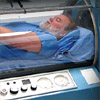 |
|
| Anatomy of a "HIT" |
| by ADM Staff Photojournalist John Rawlings |
| When it happened, I was stunned…the hit was completely unexpected because the dives had been so uneventful and simple recreational level dives like we have done literally thousands of times before. The sudden numbness in my right arm had caught my attention… |
|
|
|
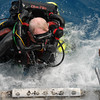 |
|
| CCR - SCR Calculations |
| by B.R. Wienke and T.R. O’Leary |
| Divers using RBs must concern themselves with both oxygen toxicity and possible decompression constraints. On pure oxygen, oxygen toxicity is the only concern, but with mixed gas diluents, decompression may be required. |
|
|
|
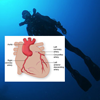 |
|
| Scuba Diving and Coronary Artery Disease |
| By Douglas Ebersole, MD |
| Cardiovascular disease is the third most common cause of death while diving and remains the principal cause of death in the general population. The development of symptoms of angina, pulmonary edema, or sudden cardiac death underwater carries with it a much higher mortality than would the same event on land. |
|
|
|
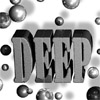 |
|
| Deep Helium |
| by B.R. Wienke and T.R. O’Leary |
Helium is a noble gas for deep diving, but was not always thought so. In the early days of technical and recreational diving, the use of helium for deep diving was discouraged, indeed, really feared. Based on misinformation and a few early problems in the deep diving arena, helium acquired a voodo gas reputation, with a hands off label.
|
|
|
|
 |
|
| Deep RGBM |
| by B.R. Wienke and T.R. O’Leary |
| The RGBM grew from needs of technical divers to more efficiently stage ascents consistent with coarse grain dissolved gas and bubble dynamics, and not just dissolved gas (Haldane) constraints. |
|
|
|
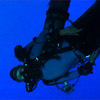 |
|
| Dive Incident Analyses |
| by Jeffrey Bozanic, Ph.D. |
| Scuba diving involves a degree of inherent risk. As we dive deeper or enter caves or wrecks or utilize advanced equipment, the level of risk increases. This is why some experts consider technical diving to be too dangerous for recreational divers. |
|
|
|
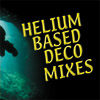 |
|
| Isobaric Counterdiffusion • Fact and Fiction |
| by B.R. Wienke and T.R. O’Leary |
Fact — Isobaric counterdiffusion is a real gas trans-
port mechanism. Please pay attention to it in mixed gas deco diving.
Fiction — Isobaric counterdiffusion is a theoretical
concoction and doesn’t affect divers at all.
|
|
|
|
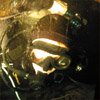 |
|
| Life Ending Seconds |
| By Curt Bowen |
| Advanced Diver Magazine looked into equipment failure one step further and conducted a series of tests at multiple depths in an attempt to calculate if increased depth can escalate a potential life threatening equipment failure. |
|
|
|
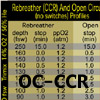 |
|
| Diving OC like a CCR |
| By Bruce R. Wienke, PhD and Timothy R. O'Leary |
| Open circuit divers also optimize their dive time, while minimizing decompression requirements, by making gas switches at various depths. Obviously, gas switching can be dialed to hold gas fractions constant on ascent; or, we should say, relatively constant on ascent, with constancy increasing with the number of switches. |
|
|
|
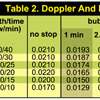 |
|
| Profile Data Banks - Modern Diving Resources |
| By Bruce R. Wienke, PhD and Timothy R. O'Leary |
| Profile Data Banks are extended collections of dive profiles with conditions and outcomes. To validate tables, meters, and software within any computational model, profiles and outcomes are necessarily matched to model parameters with statistical (fit) rigor. Profile-outcome information is termed a Data Bank (DB) these days, |
|
|
|
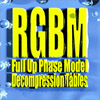 |
|
| RGBM Full Up Phase Model Decompression Tables |
| By Bruce R. Wienke, PhD and Timothy R. O'Leary |
| Phase mechanics and bubble dissolution time scales first came to light with the Hawaiian fisherman divers and the Australian pearl divers. Pearling fleets, operating in the deep waters off Australia, employed Okinawan divers who regularly made dives to depths of 300 fsw for as long as one hour, two times a day, six days per week, and 10 months per year. |
|
|
|
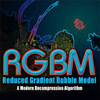 |
|
| RGBM - Reduced Gradient Bubble Model |
| By Bruce R. Wienke, PhD and Timothy R. O'Leary |
| Dissolved gas models limit degrees of tissue saturation, assuming that gas exchange is controlled by circulatory rate of delivery (perfusion) or gaseous diffusion between blood and tissue. The exchange of inert gas in the Haldane model is driven by the local gradient, which is the pressure differential between dissolved gas in the arterial blood and the local tissue tension (dissolved gas pressure within the tissue). |
|
|
|
|